What to plant after zucchini next year: 12 good plants and 4 bad ones
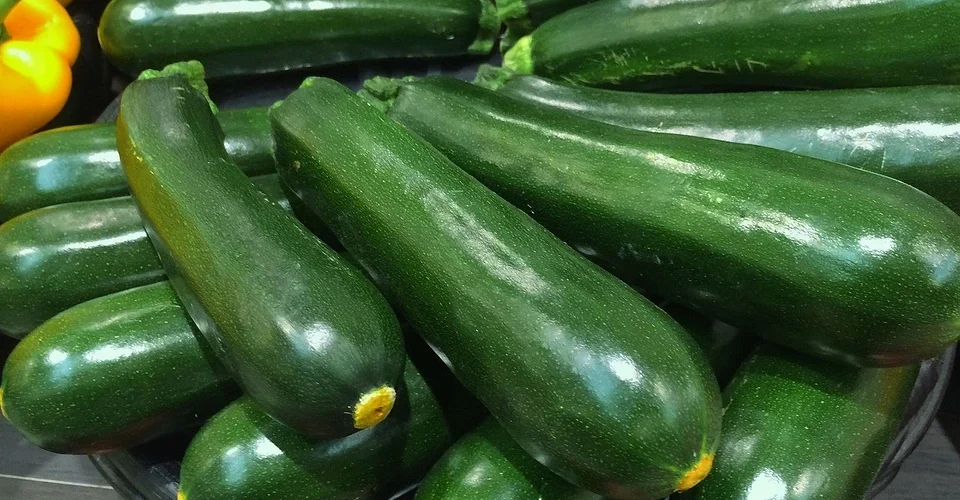
We discuss crop rotation rules and the specifics of growing pumpkins. We offer a selection of good and bad follow-up crops for zucchini.
Zucchini beds can be found in almost every vegetable garden. This vegetable is unpretentious and produces a lot of fruit with minimal care. But even such a nearly problem-free crop cannot be grown in the same place year after year. You need to choose a new plot for it every year. Let’s figure out why this needs to be done and what to plant after the zucchini the following year.
What to plant after zucchini
Crop rotation rules
Gardeners have noticed that if crops are grown in the same place without being moved each year, the harvest gets worse every year. Good care cannot remedy the situation, except to improve it slightly. The reason is that plants take the same nutrients from the soil and deplete it very quickly. Applying fertilizer will not solve the problem—some elements will accumulate in the soil mixture, while others will be rapidly depleted. The imbalance will only increase.
In addition, each crop has its own insect pests and pathogenic microflora. In the first year of cultivation, they will find “their” plantings and settle in them. Year after year, their numbers will only increase, which will inevitably affect the quality of the harvest. Therefore, competent plant cultivation is based on the use of crop rotation, which involves the annual transfer of plantings. Let’s list its basic rules.
- It is prohibited to plant related crops one after another. They have similar requirements for growing conditions, pathogens, and pests.
- Successor plants should not have pests and pathogens in common with their predecessors.
- It is necessary to alternate crops with shallow and deep root systems.
- Predecessor plants should not release phytoncides that are harmful to successors during their development.
- It is desirable that the set of necessary nutrients in successors and predecessors differ significantly.
- A crop can be returned to its previous location no earlier than four years later.
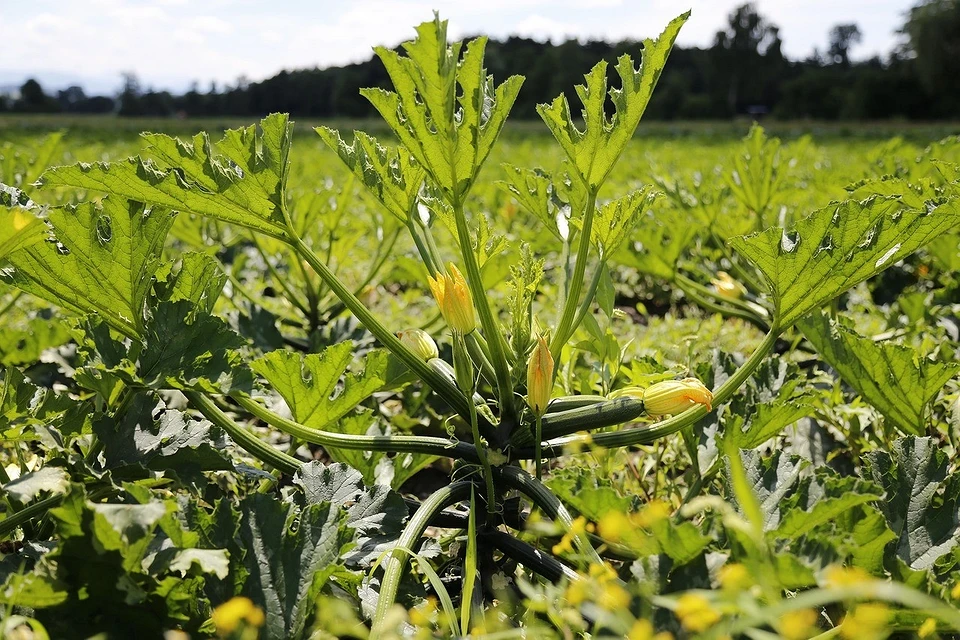
Features of growing pumpkins
Before choosing what is best to plant after zucchini or pumpkins, you need to determine the characteristics of these species. This will help you find the “right” follow-up crop. The root system of zucchini bushes does not go too deep. Most often, it reaches a medium depth, where it absorbs a large amount of micro- and macroelements. Pumpkins are very demanding in terms of nutritional quality and quantity.
Before planting, you need to add mineral complex and organic matter. But even then, by fall, the soil mixture will be depleted. Therefore, it is best to plant varieties with a weak, shallow root system or root crops after them. They will be able to take nutrients from places where the pumpkins have not touched them. Zucchini does not release phytoncides that are harmful to other plants during its development. There are no restrictions on planting here.
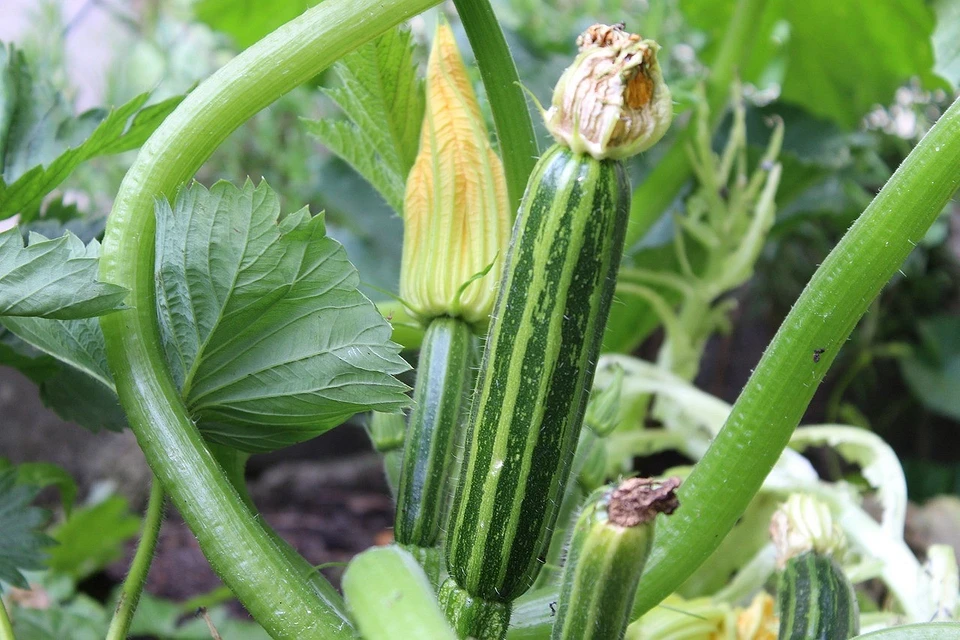
What can be planted after zucchini?
Tomatoes
The fairly robust root system of tomatoes spreads throughout the upper layer of soil. It does not extend into the middle or lower layers. Therefore, tomatoes, which are demanding in terms of nutrition, will have sufficient reserves of micro- and macroelements. However, it is still advisable to add phosphorus and nitrogen mixtures during autumn digging. After that, during the growing process, it remains to feed the tomatoes with organic matter. An important point. The only disease common to pumpkin and nightshade plants is late blight. Therefore, before planting, the soil must be treated with a fungicide.
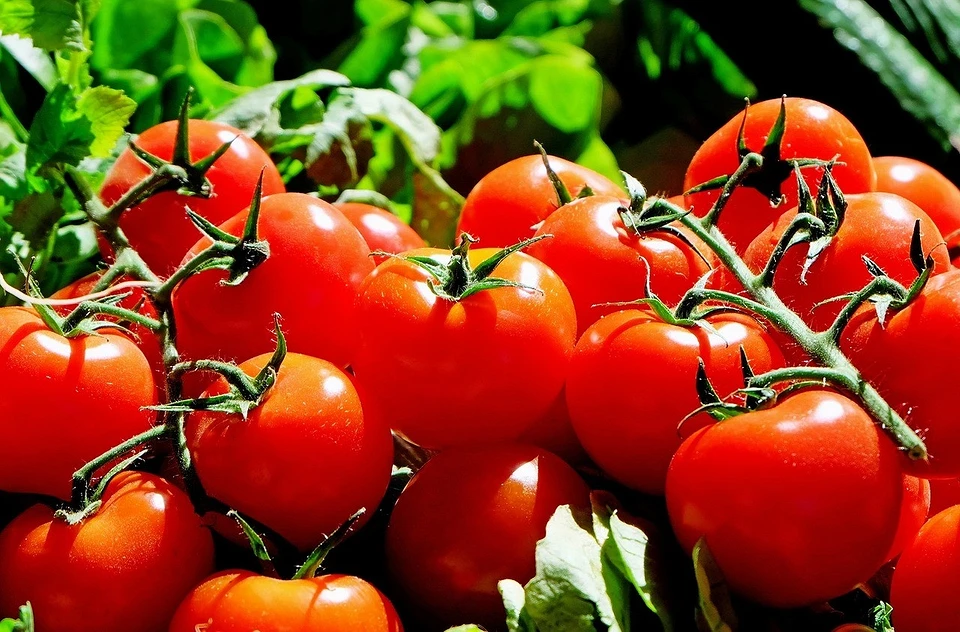
Carrots
After zucchini, you can plant carrots. This is a good crop rotation option based on the “roots after tops” principle. The root vegetable has a long taproot that goes deep into the soil. From there, it takes up the nutrients that were not used by the squash. They do not have any common pests or pathogens, so no additional treatment is necessary.
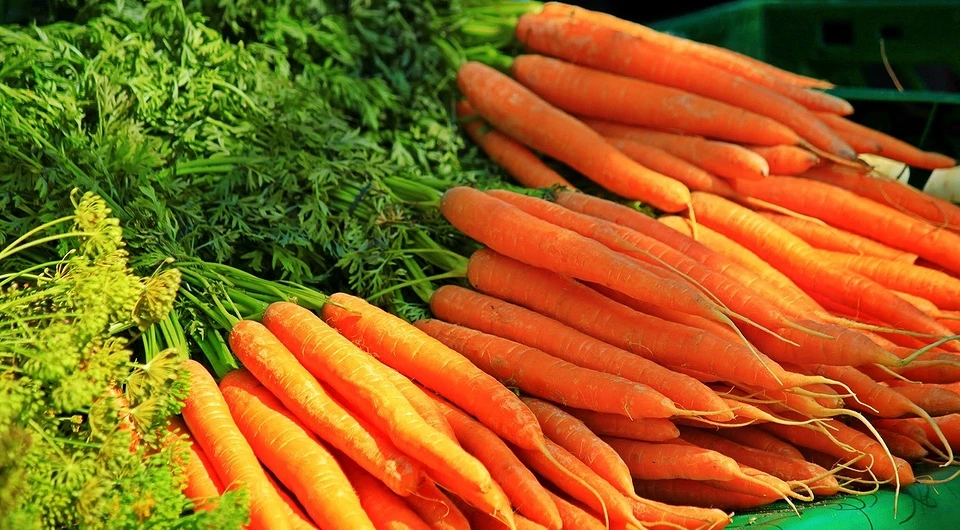
Peas
As they grow, peas take nitrogen from the air, convert it into a form that plants can absorb, and store it in root nodules. Therefore, growing peas enriches the soil mixture with nitrogen, which has been depleted by zucchini. Crops have different sets of pests and pathogens, which is why peas grow well after pumpkins.
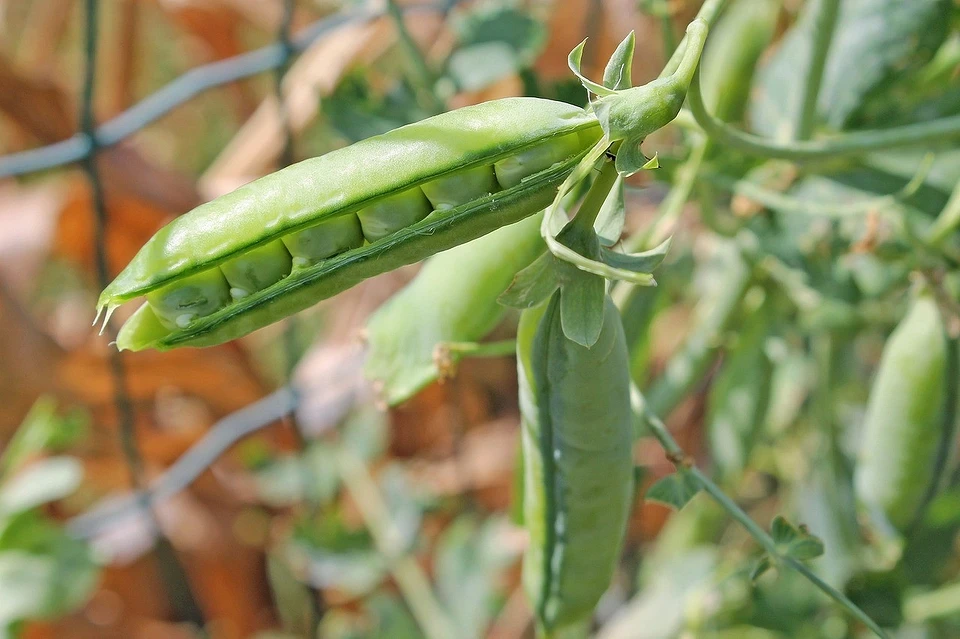
Beets
The main root of a beet can grow to a great depth. There, it finds nutrients that zucchini bushes have not taken. However, it is still necessary to add a suitable mineral complex during autumn digging.
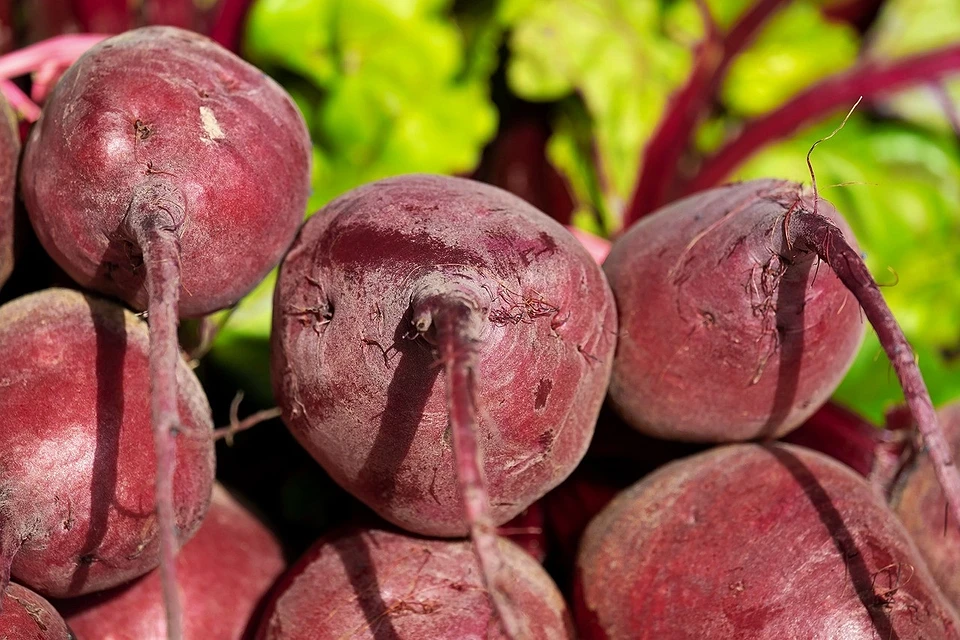
Onions
After zucchini, you can plant onions. Their shallow root system will have enough nutrients left in the soil, especially if you add mineral mixtures for digging in the fall. Onions release phytoncides, which literally disinfect the soil. This is especially important if the zucchini bushes were affected by any pathogens. They have no common diseases except for downy mildew. If the plants were affected by it, then before planting the seedlings, the soil is sprinkled with a solution of a copper-containing preparation: Bordeaux mixture or vitriol.
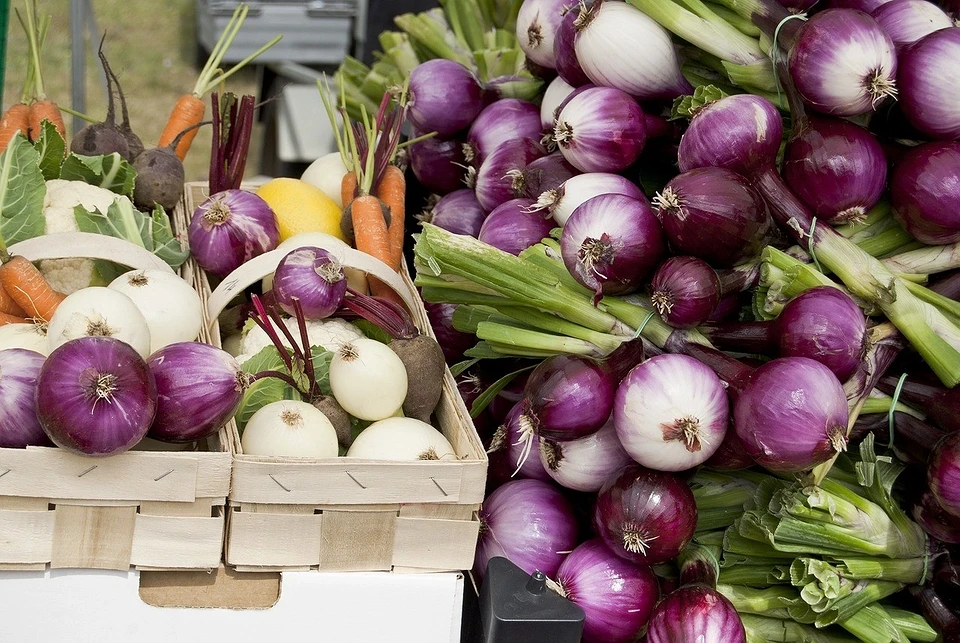
Eggplants
Representatives of the nightshade family have fairly powerful but shallow roots. They draw nutrients from the top layer of soil, but there must be plenty of it. Therefore, in the fall, it is essential to apply phosphorus and nitrogen fertilizers, and preferably complex mixtures. Considering that eggplants and zucchini share a common pathogen, pre-planting treatment against late blight is mandatory.
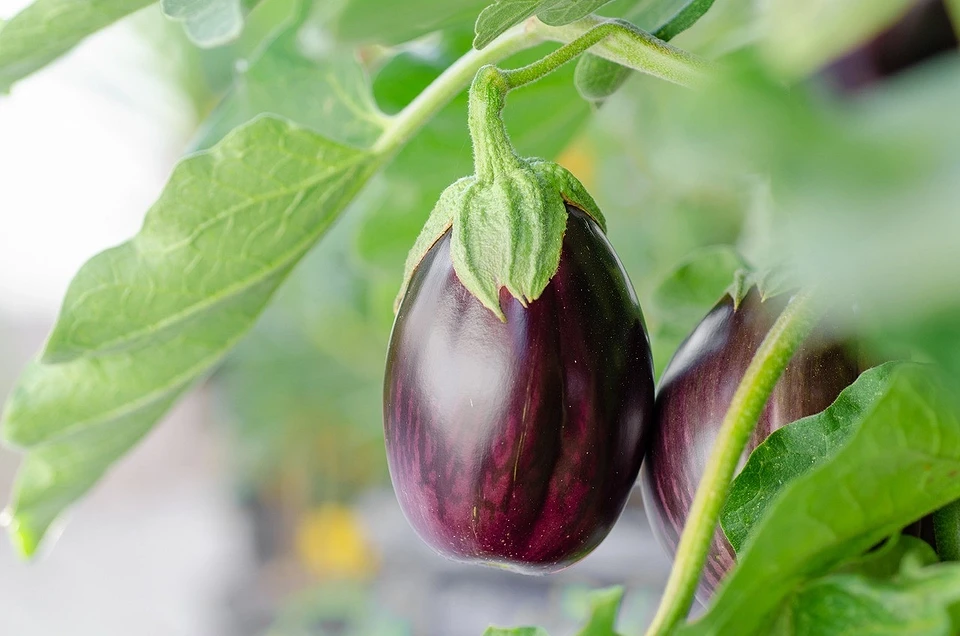
Beans
Legumes grow well after pumpkins. They improve the structure of the substrate and replenish the nitrogen reserves depleted by the squash bushes. Pre-sowing treatment is not required, as they do not have any common insect pests or pathogens.
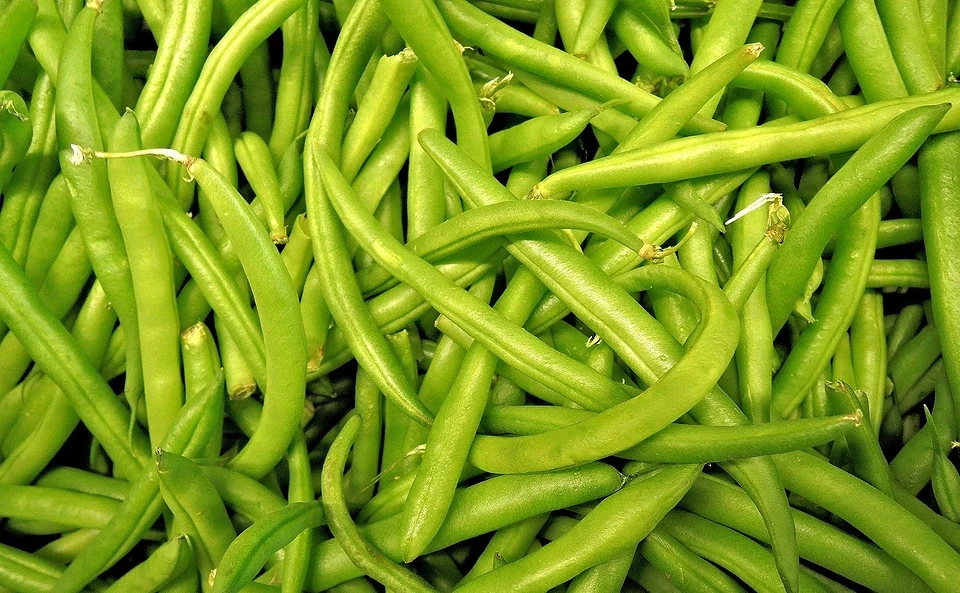
Garlic
All amaryllis plants, and garlic is no exception, have small surface roots. They absorb micro- and macroelements from the upper layers of the soil mixture, ensuring they are reasonably sufficient even after nutrient-demanding zucchini. The phytoncides released by garlic heal the soil and destroy pathogens. Important point. If the zucchini bushes in this location have been affected by peronosporosis, also known as downy mildew, pre-planting treatment with phytoncide is mandatory. This is the only pathogen common to both crops.
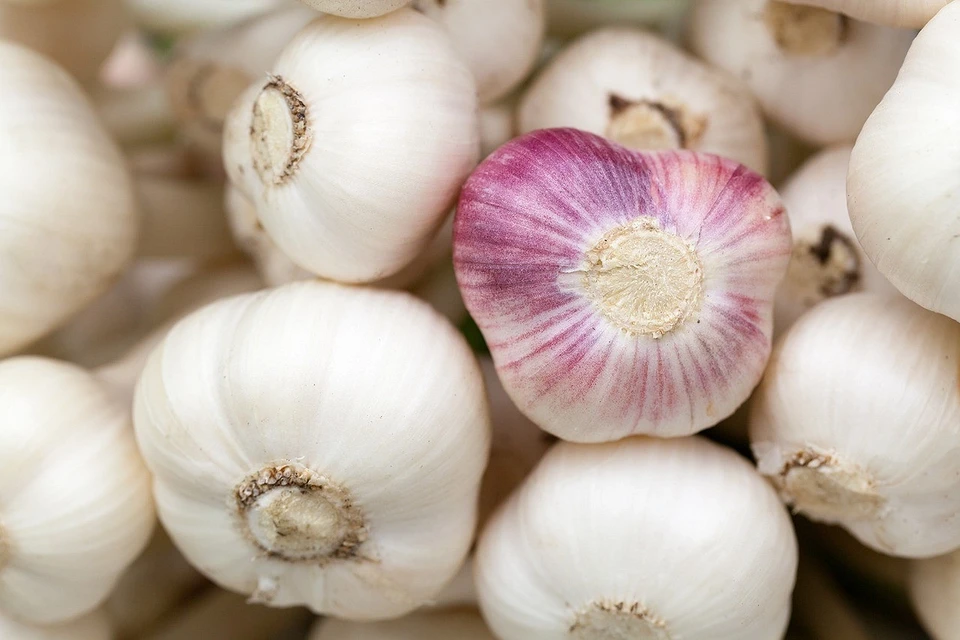
Cabbage
Most cabbages are demanding in terms of soil fertility. They have a robust root system that goes quite deep. Both crops are active consumers of nutrients, so cabbage can only be grown after zucchini bushes if fertilizer is applied regularly. Under the same conditions, zucchini can be planted after cabbage.
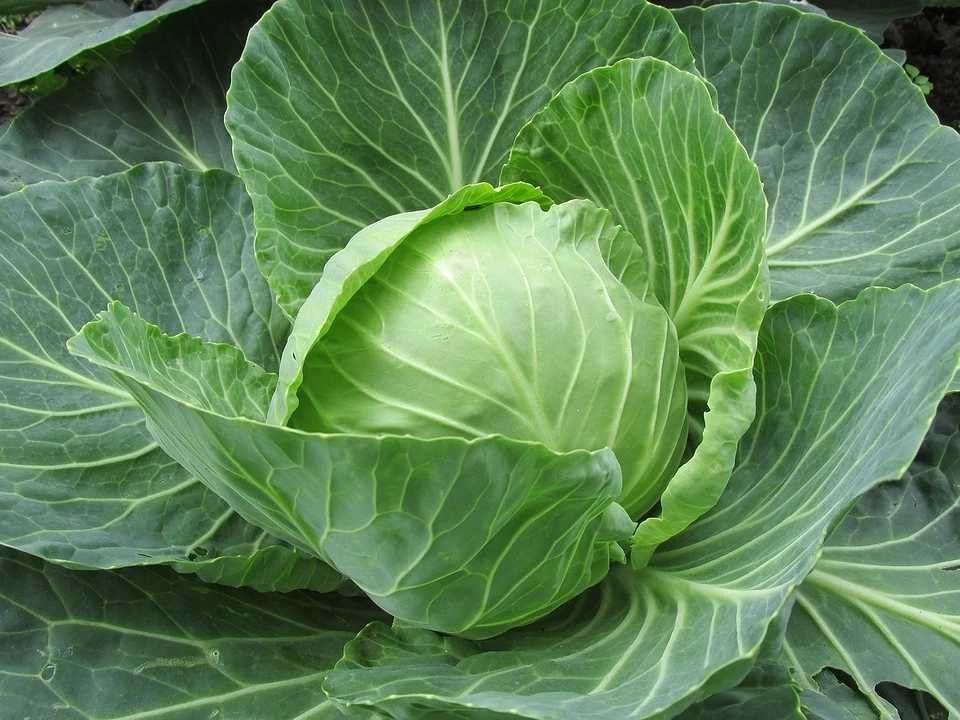
Greens
Parsley, celery, dill, and other herbs are easy to grow and provide nutritional benefits. Their roots are located near the surface, so greens grow very well after zucchini bushes. Sometimes they are fed with nitrogen fertilizers for more active green mass growth. No special treatment is required after pumpkin plants to protect against pathogens or pests.
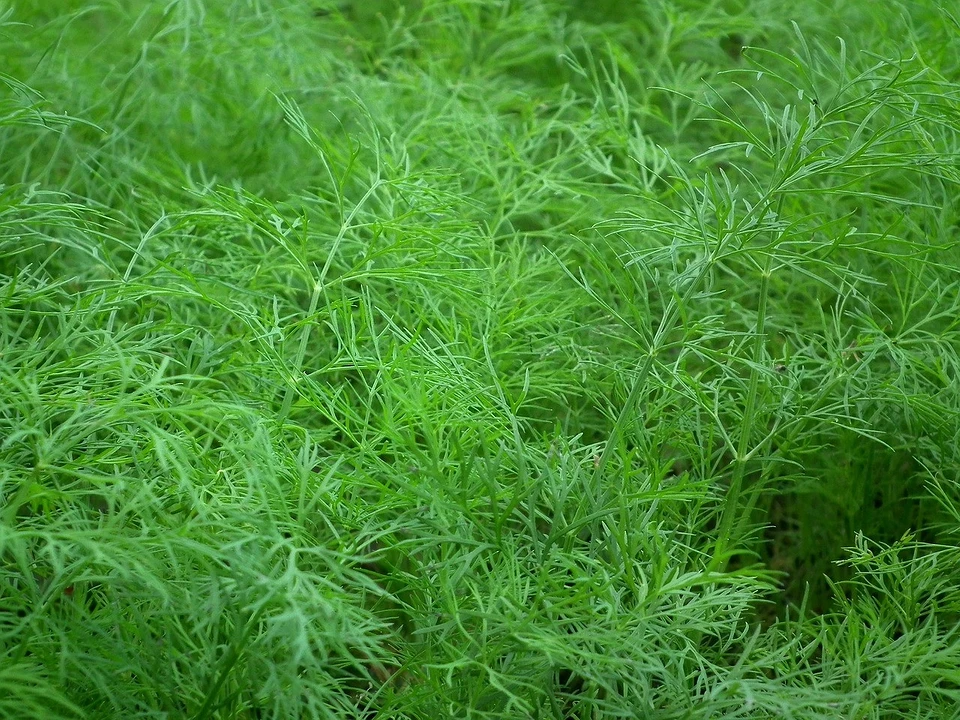
Green manure
The best way to restore soil is to plant green manure crops. These can include phacelia, legumes, rye, mustard, etc. For faster results, they are sown in the fall. When the seedlings sprout and gain green mass, but have not yet bloomed, they are cut, chopped, and worked into the soil mixture by digging. Over the winter, they decompose and enrich the soil with nutrients. If, for some reason, this cannot be done in the fall, sowing is carried out in early spring. You can sow green manure on a plot that you have decided to leave fallow. Then, sowing is carried out in the spring, and the grown plants are cut and worked into the soil. They are left in this form until the following year.
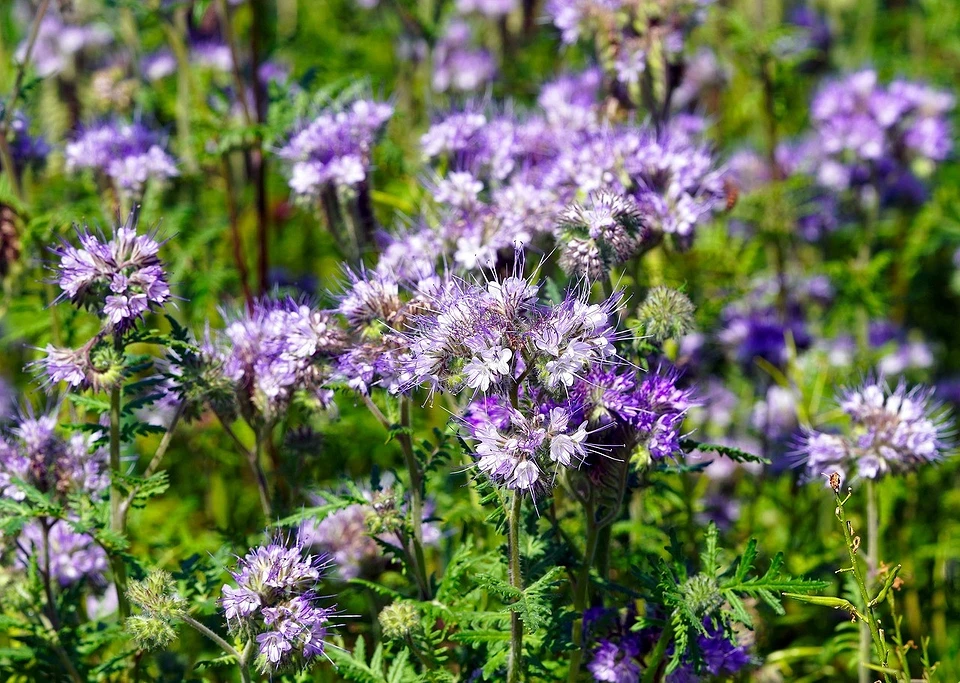
Salads
Both leafy and head varieties can be planted. Weak roots will get enough nutrition in the shallow root zone. There are no common insect pests or pathogenic microflora in zucchini and salad bushes.
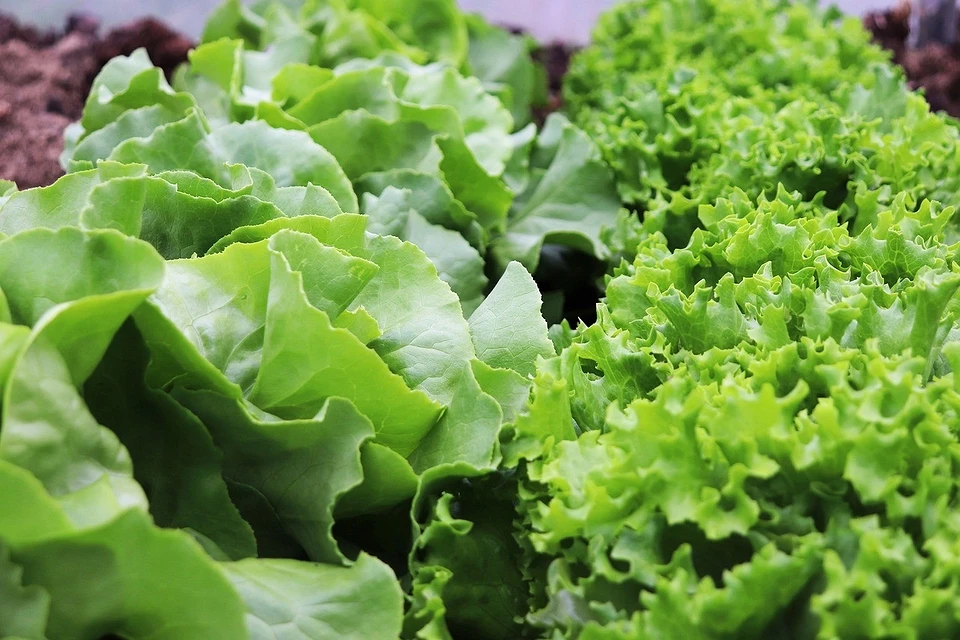
What not to plant after zucchini
Pumpkin
They belong to the same family as zucchini. Zucchini and pumpkin bushes have common diseases and insect pests. They accumulate in the soil mixture and actively destroy new plants the following year. In addition, the related crop has depleted the soil, taking away the very nutrients that new plantings need.
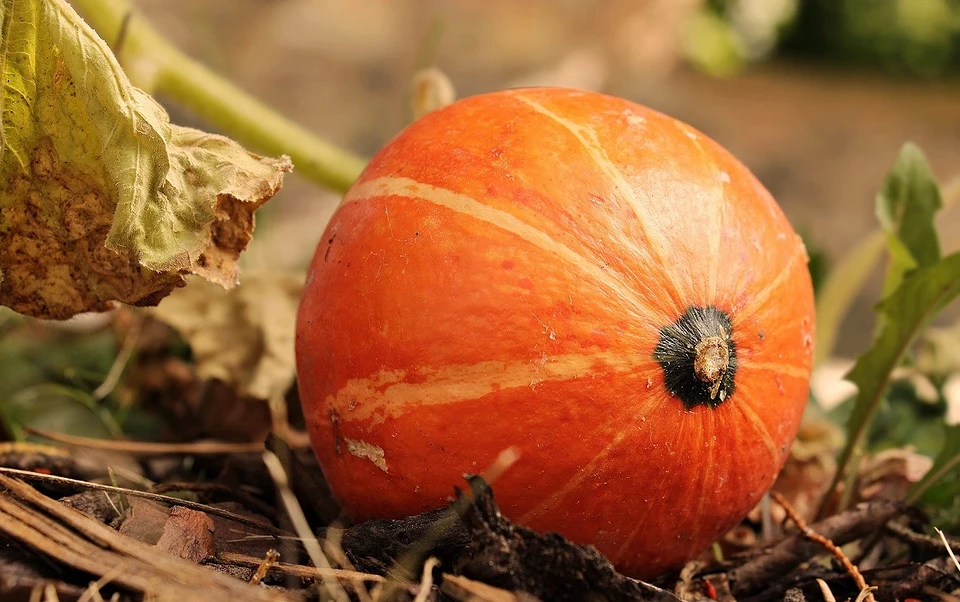
Cucumber
Gardeners often wonder whether it is possible to plant cucumbers after zucchini. The answer is no. It is strongly discouraged. Both species belong to the same family, which means they share the same set of insect pests and pathogens. Zucchini bushes are more potent than cucumber bushes, and their roots grow deeper. But the soil will still be depleted for cucumbers, as it will lack the elements they need most. It is best to give it time to recover.
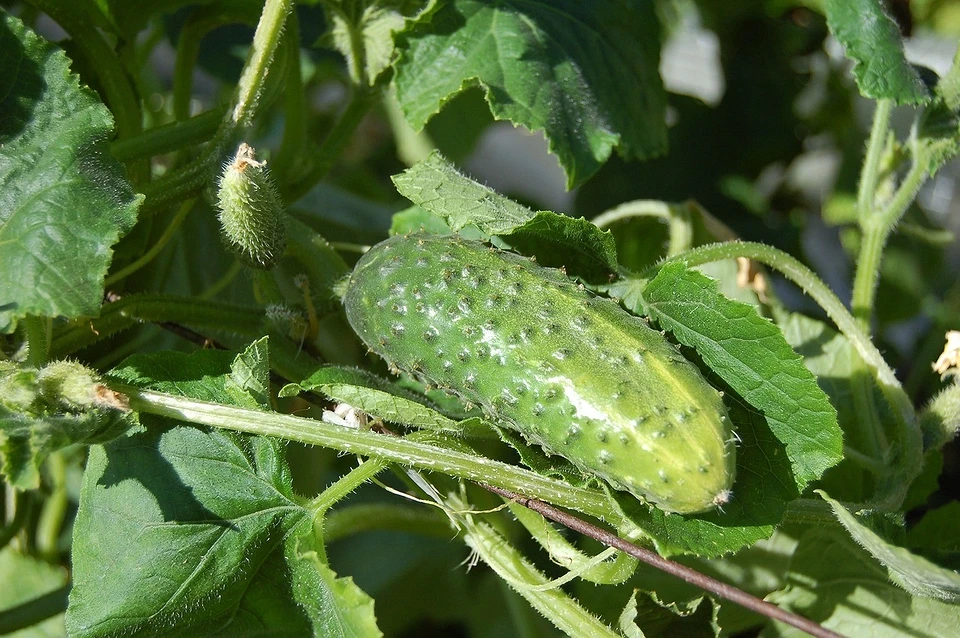
Melons and watermelons
These melons are distant relatives of squash. They have the same set of diseases and pests. Fungal pathogens are hazardous. They are very resilient and can remain in the soil for a long time. Even after removing the infected bush and treating the soil with fungicide, pathogens may remain.
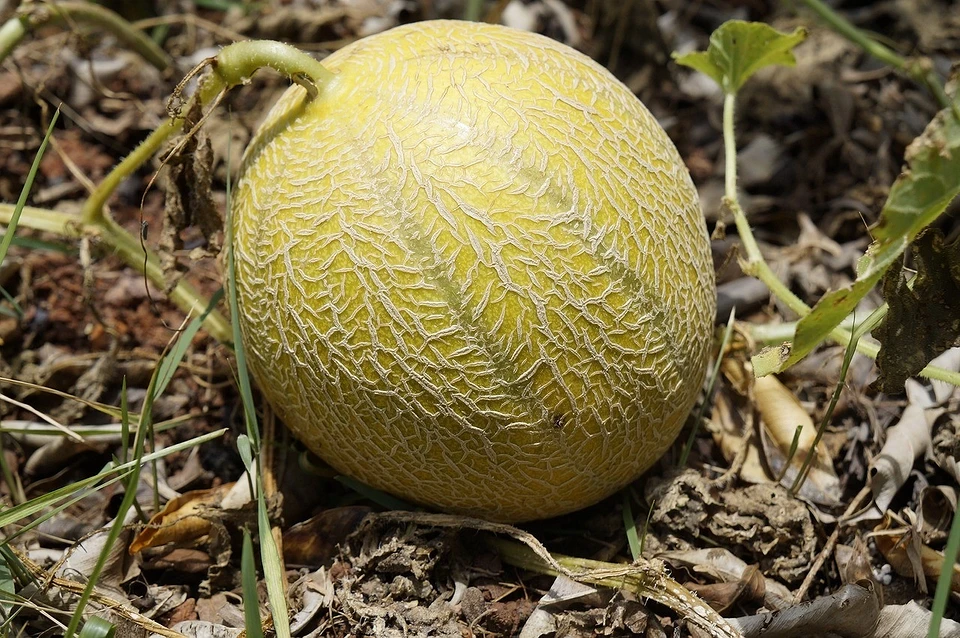
Pattypan squash
A closely related crop with similar diseases and insect pests. The size of the bushes is approximately the same, as is the root system. Both species take nutrients at roughly the same depth and require the same elements. Therefore, the soil becomes depleted and cannot provide sufficient nutrition for the next crop. Fertilizer application does not solve this problem—the substrate needs time to recover.
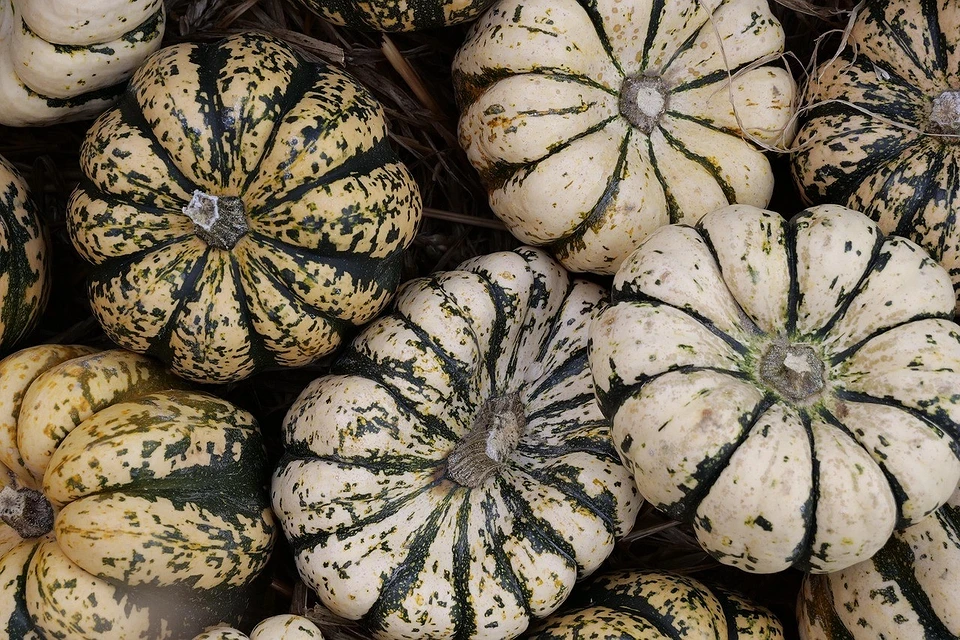
Summary table of what to plant in the garden after zucchini in the spring or fall
To make it easier to plan future plantings while considering crop rotation, we have compiled a table for zucchini and other pumpkin crops.
| Can be planted | Can be planted, but with additional procedures | Cannot be planted |
|---|---|---|
| Carrots | Tomatoes | Pumpkins |
| Beans | Eggplants | Squash |
| Peas | Cabbage | Cucumbers |
| Beets | Patissons | — |
| Onions | Watermelons | — |
| Garlic | Melons | — |
| Greens | — | — |
| Green manure | — | — |
| Salads (head and leafy) | — | — |
❓ Questions and answers
Are there plants I should avoid planting right after zucchini?
Yes. Avoid planting other cucurbit family plants, such as pumpkin, cucumber, melons, and squash varieties, because they tend to share pests, diseases, and nutrient demands.
How long should I wait before replanting zucchini in the same spot?
It’s recommended to wait at least 4 years before replanting zucchini (or other squash) in the same ground to reduce disease pressure and soil nutrient depletion.
Can I plant green manure or cover crops after zucchini to restore the soil?
Absolutely. Planting cover crops or green manure (e.g., legumes, rye, mustard) after zucchini helps restore nitrogen, improve soil structure, and replenish nutrients over winter.
Do I need to add fertilizer before planting the next crop after zucchini?
Yes. Because zucchini is nutrient-hungry, it often depletes the soil. Adding organic matter (compost) and applying phosphorus, nitrogen, and possibly micronutrients during fall or pre-planting phases helps the next crop thrive, especially for heavy feeders like tomatoes or cabbage.
Hi, I’m Ben Carter!
I’m a certified organic vegetable specialist with over 12 years of experience. I grew up on a farm in Iowa and have helped hundreds of gardeners grow bountiful harvests without unnecessary chemicals. On this site, I share my proven methods. If you have any questions, leave them in the comments!
See also
What cannot be planted together: incompatibility table, cheat sheet for gardeners
How to plant grapes in autumn: planting instructions and care tips
A place to relax: how to organize a rest area
A tall hedge instead of a fence. How to create and maintain it
Bright hedges: how to combine shrubs with their surroundings
How to propagate grapes at home: 4 methods for every gardener

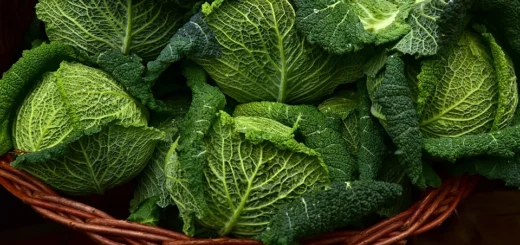
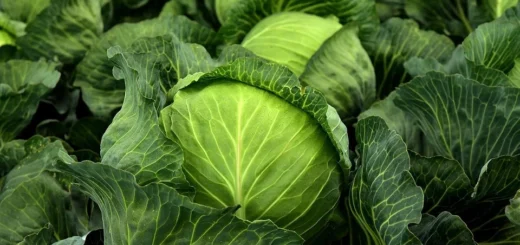
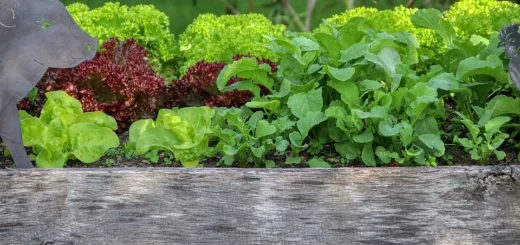










2 Responses
[…] discuss the specifics of growing squash and the rules of crop rotation. We offer a selection of good and bad neighbors for pumpkin plants, along with a table showing […]
[…] What to plant after zucchini next year: 12 good plants and 4 bad ones […]